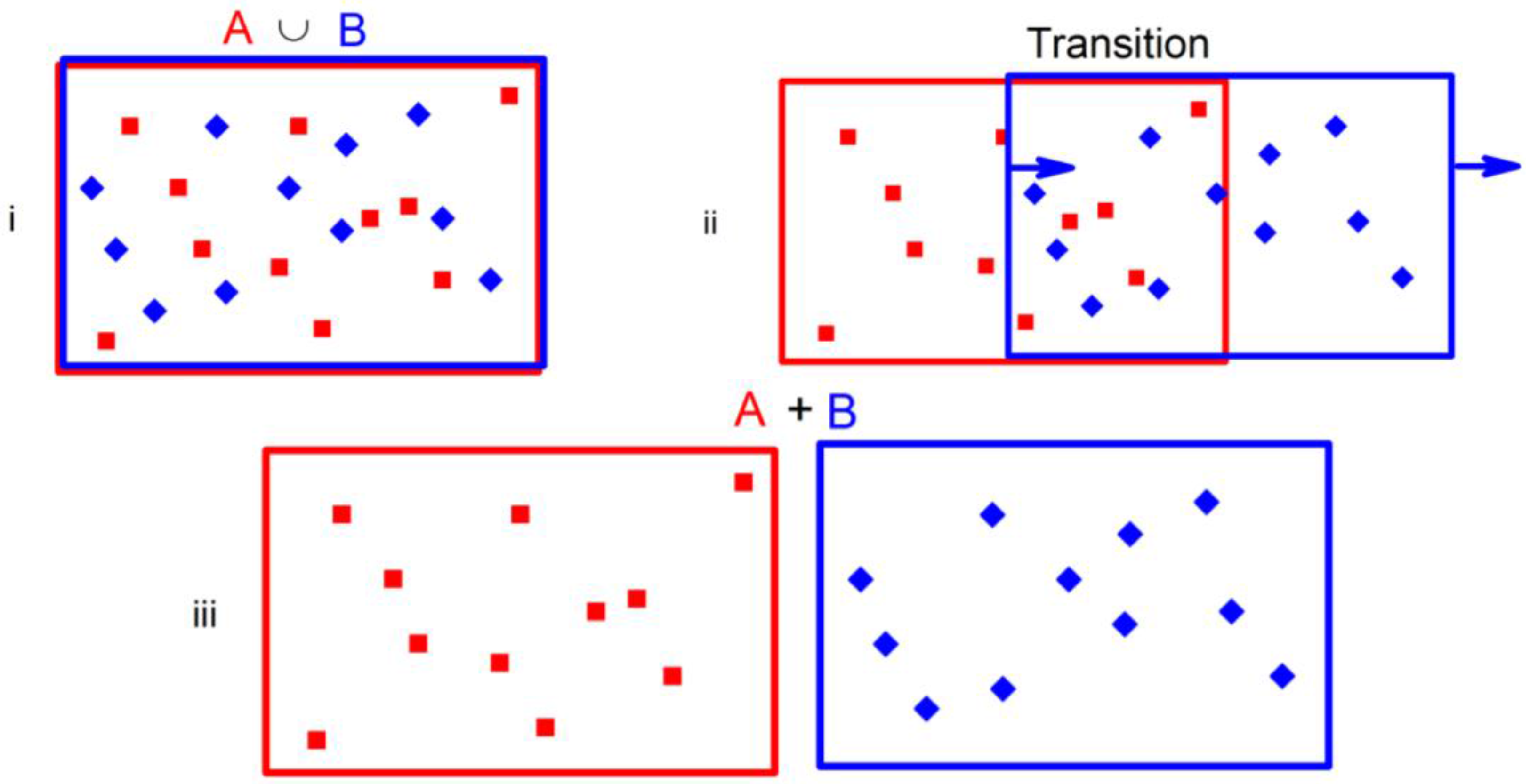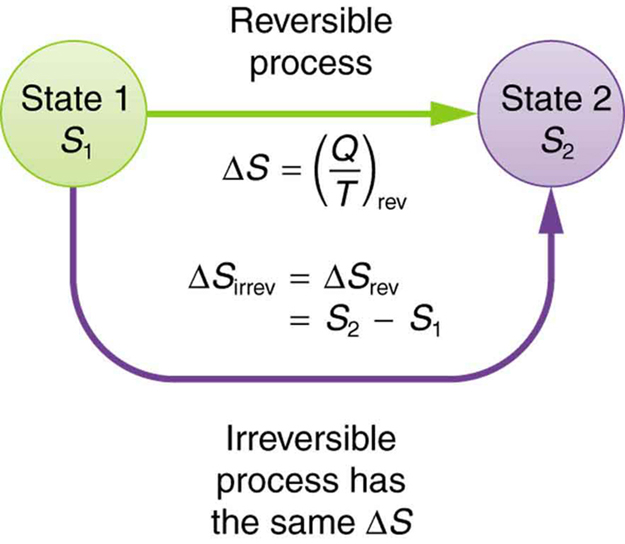

We’ve now established that entropy is probabilistic. By walking through the example above, you just calculated one part of the entropy of a system that included x number of cars and y number of driveways across two different properties (states). Why is this important? Because 1 part of entropy is a measure of the number of possible arrangements the atoms in a system can have. In a simple example you can see that there is 1 car in 1 driveway³. States in thermodynamics are the set of variables (position, velocity vector) that describe the state² of the atom (or thing you’re describing). In this example cars = atoms, and driveways = potential states. To understand arrangements, we’ll use an analogy of cars and driveways. The entropy of an object can also be a measure of the amount of energy which is unavailable to do work. The not-easy-to-understand definition of entropy is:Įntropy is a measure of the number of possible arrangements the atoms in a system can have. There’s no time like the quran-time¹ to explore those questions. After finishing this article you should have a scientific perspective on philosophical questions like: This post sets out to explain that process, in an inviting way. But it’s important to know why that happens. It’s true that entropy is related to the second law of thermodynamics and it’s true that entropy describes how everything will move from order to disorderly chaos. Imagine saying that to someone who asked you that question…

It is closely related to the number Ω of microscopic configurations that are consistent with the macroscopic quantities that characterize the system. In statistical mechanics, entropy is an extensive property of a thermodynamic system.

Most people don’t think this is true because upon Google-ing, “what is entropy”, you typically get responses like this: This is a good time for a disclaimer: You do not need any background in chemistry, physics or any other science related field to understand entropy. What is entropy? An exploration of life, time, and immortality.


 0 kommentar(er)
0 kommentar(er)
